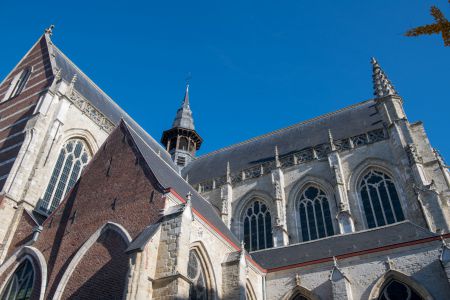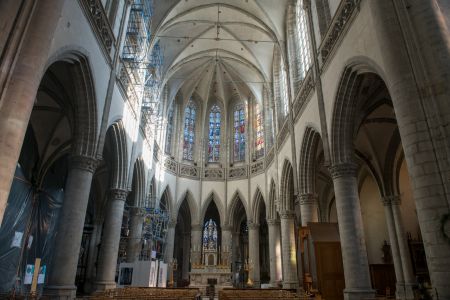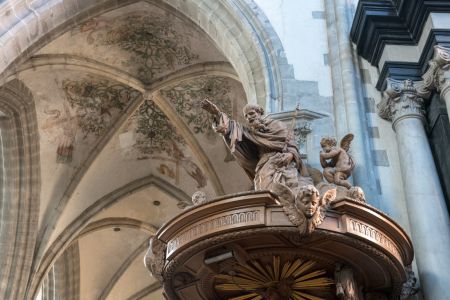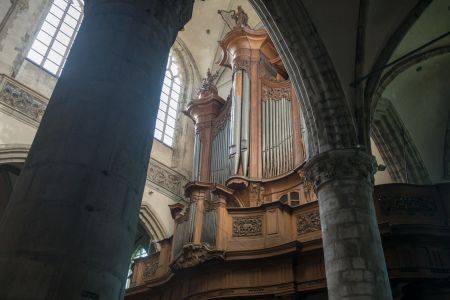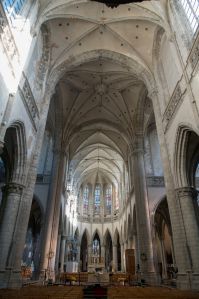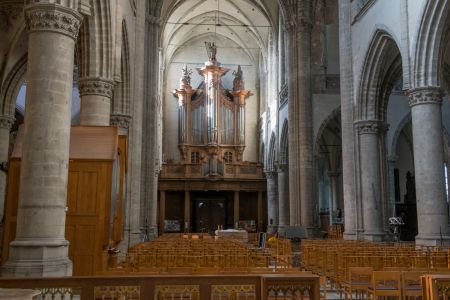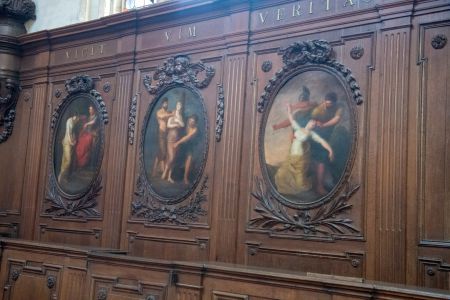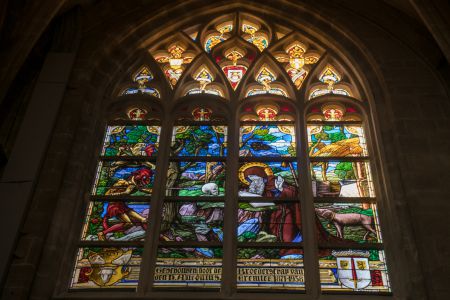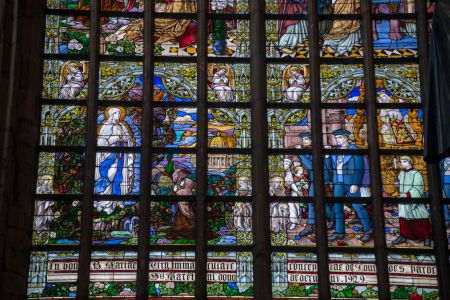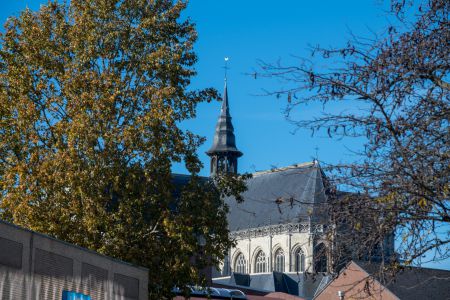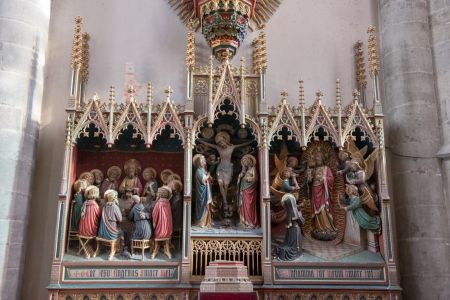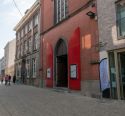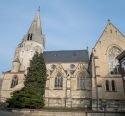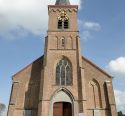Church | 1480-1796 | Gothic | Catholic Church

Map
Opening hours
01 April - 30 October
Mon 9.00 - 17.00
Tue 9.00 - 17.00
Wed 9.00 - 17.00
Thu 9.00 - 17.00
Fri 9.00 - 14.00
Sat 9.00 - 17.00
Sun 9.00 - 17.00
01 November - 31 March
Mon 9.00 - 16.00
Tue 9.00 - 16.00
Wed 9.00 - 16.00
Thu 9.00 - 16.00
Fri 9.00 - 14.00
Sat 9.00 - 16.00
Sun 9.00 - 16.00
The transept of the church is currently under restoration and therefore not
accessible, but the restored choir section can already be admired
be admired and is also in use. The Rubens painting is located until in
2025 in the restoration studio of the Royal Institute for the
Art Heritage (for more details see also : https://www.visit-aalst.be/nl/sint-martinuskerk).
Religious offices
Description
The collegial church of Saint Martin is an enormous Gothic edifice in the Brabant style. It is known for the homogeneity of its style, even though its construction lasted for 180 years (1480-1660).
It reflects the organisation of the society of bygone days, with its corporations, its brotherhoods, etc. … The corporation of the Butchers, the Bakers, the Brewers, the Tailors, the Millers, etc. had their chapel erected there. Nowadays, 21 chapels and their magnificently decorated altars can be admired there. It should be noted that the chapel of the Brewers (to the left in the right transept), in a large retable of sculpted wood, a painting by Rubens represents Saint Roch receiving from the Christ the gift of healing plague victims (1623).
In spite of the fact that the church has not been completed (two thirds of the nave are missing, as well as the tower and the portal), from the whole of it an impressive grandeur and simplicity emanate.
During a tour of the church, other special features will draw the eye. A copper line, dating from 1840, indicates the meridian. A lens in the stained glass window of Saint Martin makes the light reach the line of copper, indicating the hour of the day in order to be able to set watches and clocks.
In the choir, a beautiful high altar carved by Janssens (1775) and a splendid tabernacle produced by J. Duquesnoy and his two sons (1605) are worth stopping for a while. In the right transept, the superb bench carved and painted in the 18th centuries also draws the eye.
Take the time for a stroll in the deambulatory that overflows with riches. In the fourth chapel one can admire the tombstone of Dirk Martens, “d’eerste letterdruckere van duitschland, vrankeryke en desen nederlanden” (the first printer of Germany, France and these Low Countries). In the chapel of the Rosary, the eye is drawn to the vaults painted in 1497.
Dare to enter the winter chapel, fitted in a sacristy (entered through the third chapel). A small triptych of ‘The Adoration of the Magi’ and the vestiges of the old turret of the Holy Sacrament are worth taking the time to admire.
KIKIRPA : Photo-library online



